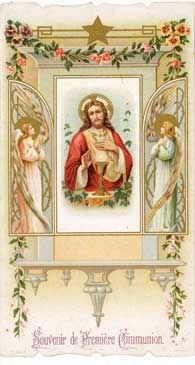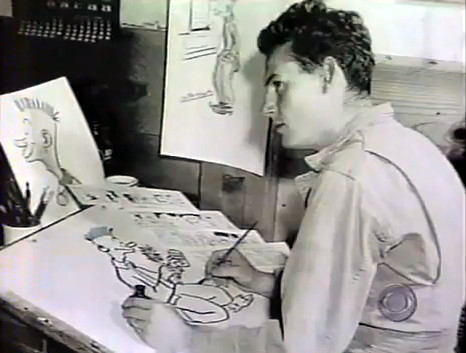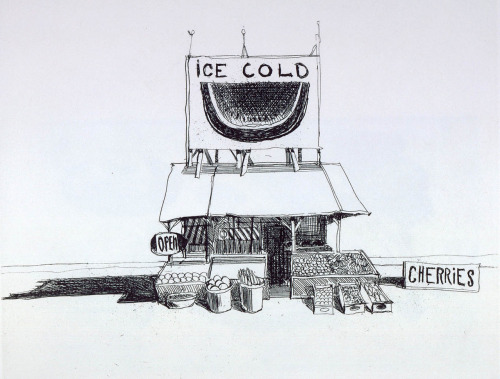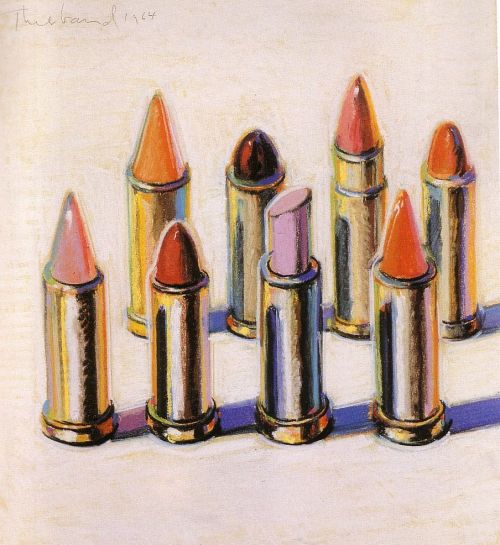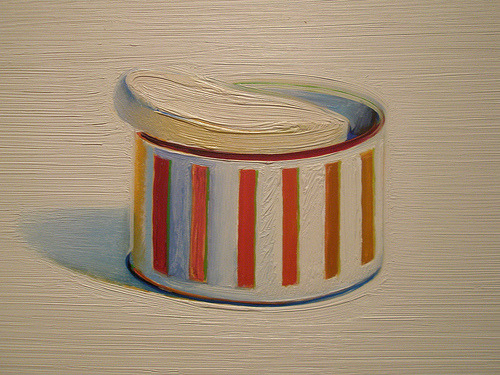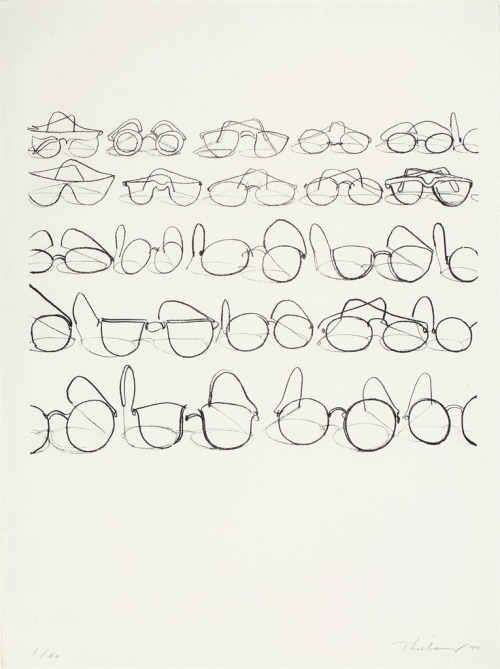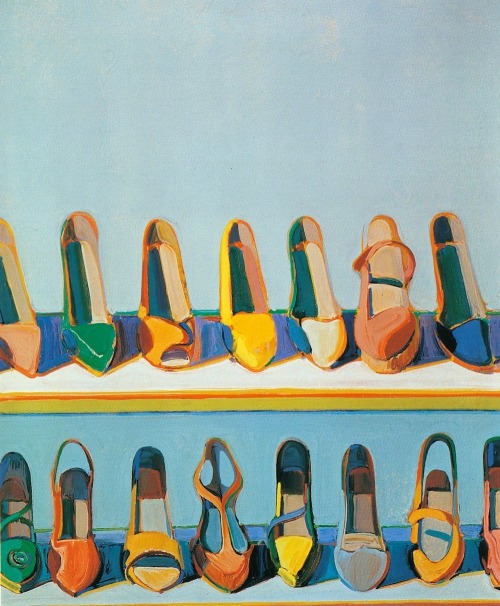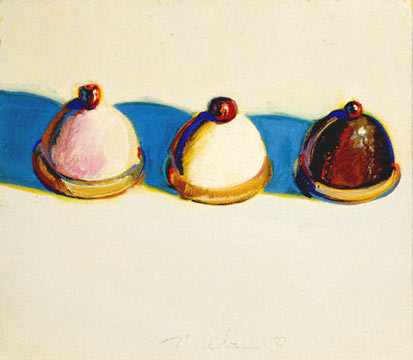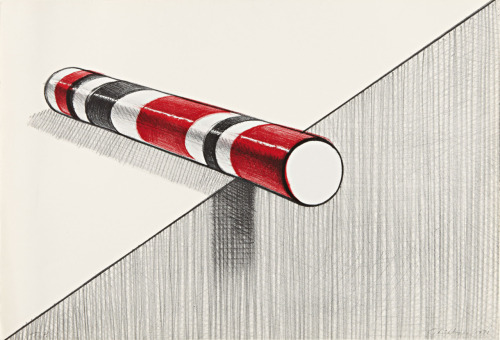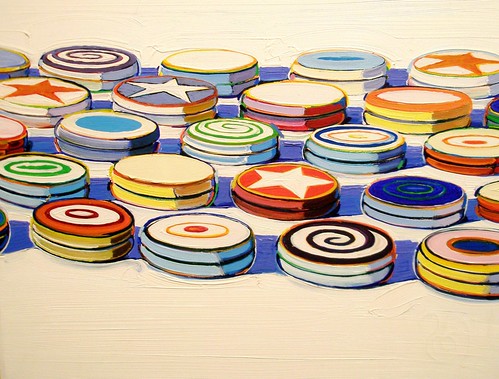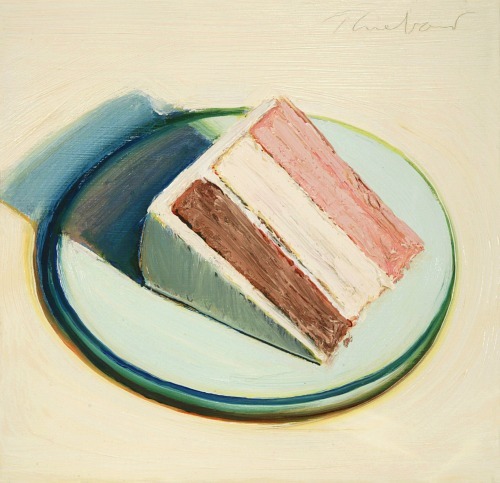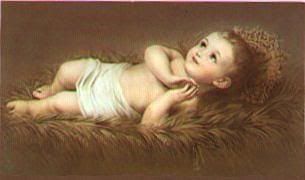+ JMJ +
It's Mother's Day today! Aside from eating out, I requested that our family go see the Pre-Raphaelite Exhibit at the National Gallery of Art, which ends next weekend. So we went, and it was one of the better exhibits that the NGA has presented in recent years.
The last 2 exhibits we saw -- “Warhol: Headlines” (the NGA's first exhibit dedicated solely to Andy Warhol from September 25, 2011 – January 2, 2012) and the Roy Lichstenstein retrospective (October 14, 2012 – January 13, 2013) -- had interesting pieces, especially some of the more famous ones.



But as a whole, those exhibits weren't as engaging as this one, which was organized by Tate Britain in collaboration with the National Gallery of Art, Washington, DC.
The last 2 exhibits we saw -- “Warhol: Headlines” (the NGA's first exhibit dedicated solely to Andy Warhol from September 25, 2011 – January 2, 2012) and the Roy Lichstenstein retrospective (October 14, 2012 – January 13, 2013) -- had interesting pieces, especially some of the more famous ones.

A Boy for Meg, 1962
Oil on canvas
Andy Warhol (1928–1987)
Source: National Gallery of Art

"Hot Dog with Mustard," 1963
by Roy Lichtenstein
Source: Baltimore Sun

"Sunrise," 1965
by Roy Lichtenstein
Source: The Telegraph, UK
But as a whole, those exhibits weren't as engaging as this one, which was organized by Tate Britain in collaboration with the National Gallery of Art, Washington, DC.
The only things I didn't like about the Pre-Raphaelite exhibit were:
1. The anti-Catholic descriptions of a few paintings.
2. The Pre-Raphaelite woman look (especially featured in Dante Gabriel Rossetti's paintings, like the one below)

Lady Lilith (1866-1868) by Dante Gabriel Rossetti
Source: Culture 24 (UK)
-- big-boned women with wide faces, wide cheekbones, big lips, big eyes, big hair parted in the middle and flaming red hair -- they look like brazen hussies! I prefer fine-boned women, who look more feminine, rather than masculine.
Otherwise, we all enjoyed the exhibit!
The first major survey of the art of the Pre-Raphaelites to be shown in the United States features some 130 paintings, sculptures, works on paper, and decorative art objects. The young members of the Pre-Raphaelite Brotherhood, formed in 1848, shook the art world of mid-19th-century Britain by rejecting traditional approaches to painting. Combining scientific precision, an innovative approach to subject matter, and brilliant, clear colors, Pre-Raphaelitism was Britain's first avant-garde art movement.
From McClatchy DC:
They had a “commitment to fundamental change,” art historians, Tim Barringer of Yale and Jason Rosenfeld of Merrymount Manhattan College, write in the exhibition’s book. They wanted to break with the conventional styles of the Royal Academy established in 1768 by Sir Joshua Reynolds.
“They believed that art had become decadent, and rejected their teacher’s belief that the Italian artist Raphael represented the high point of aesthetic achievement,” said Diane Waggoner, associate curator of the National Gallery.
“Instead they looked to earlier art from before the time of Raphael — or ‘pre-Raphael’ — whose bright colors, flat surfaces, and sincerity they admired.”
The young painters, between 18 and 22, looked “to history and to literature for inspiration,” taken from the writings of Dante, Shakespeare and the Bible.
These canvases, though diverse in subject, embodied the Brotherhood's
initial aims in their keen observation of the natural world and
depiction of subjects that lead the viewer to contemplate moral issues
of justice, piety, familial relationships, and the struggle of purity
against corruption.
Here are some of my favorites:

Jesus Washing Peter's Feet, 1852-56
Oil on Canvas
by Ford Madox Brown
Source: Fine Art Connoisseur
Oil on Canvas
by Ford Madox Brown
Source: Fine Art Connoisseur
From Tate Britain: This picture illustrates the biblical story of Christ
washing his disciples’ feet at the Last Supper. It has an unusually low
viewpoint and compressed space. It originally depicted Jesus only semi-clad. This caused an
outcry when it was first exhibited, and it remained unsold for several
years until Ford Madox Brown reworked the figure in robes. Brown was
never invited to join the Pre-Raphaelite Brotherhood, but he was a close
associate of the group. Several members modelled for the disciples in
this picture, and the critic F. G. Stephens sat for Christ.

Peace Concluded, 1856
by John Everett Millais
by John Everett Millais
Source: Minneapolis Institute of Arts
From the Minneapolis Institute of Arts website: At first glance this appears to be a family portrait complete with
realistic details of middle-class English decor. In fact, it is a staged
scene of domestic harmony, celebrating the end of the Crimean War. The
father, a wounded officer, holds a copy of the Times announcing
the war's end. One daughter clasps his combat medal. On the mother's
lap, four animals from the toy Noah's Ark represent the four
belligerents: Britain (lion), Russia (bear), the Ottoman Empire
(turkey), and France (rooster). The girl at the left holds a dove with
an olive branch in its beak, a symbol of peace. Millais belonged to a
group of English painters called the Pre-Raphaelite Brotherhood. Their
work emphasized close observation of nature and the depiction of
contemporary events.

Portrait of a Girl, Sophie Gray
by John Everett Millais
Source: Pictify
From the Pictify website: This hypnotic veiled portrait of melancholy portrays the younger sister
of his wife Effie Gray, 14 years old at the time. It's an unusual
portrait ... Millais did not exploit light to his advantage ... to show us a noble maiden. (He instead) portrays a bourgeois girl
with a disconcerting expression, vulnerable and provocative ....
The fleshy mouth is clenched in a gesture of defiance, her chin tilted
upward with determination. His blends dark hair with the background
bordeaux ....
Pale skin is in stark contrast to the reddened cheek; the coat of arms
embroidered heart on the chest suggests the awakening of female
sexuality and desire. The painting was created in the fall of 1857, when
Effie was living with her parents and sisters in the House in Perth.
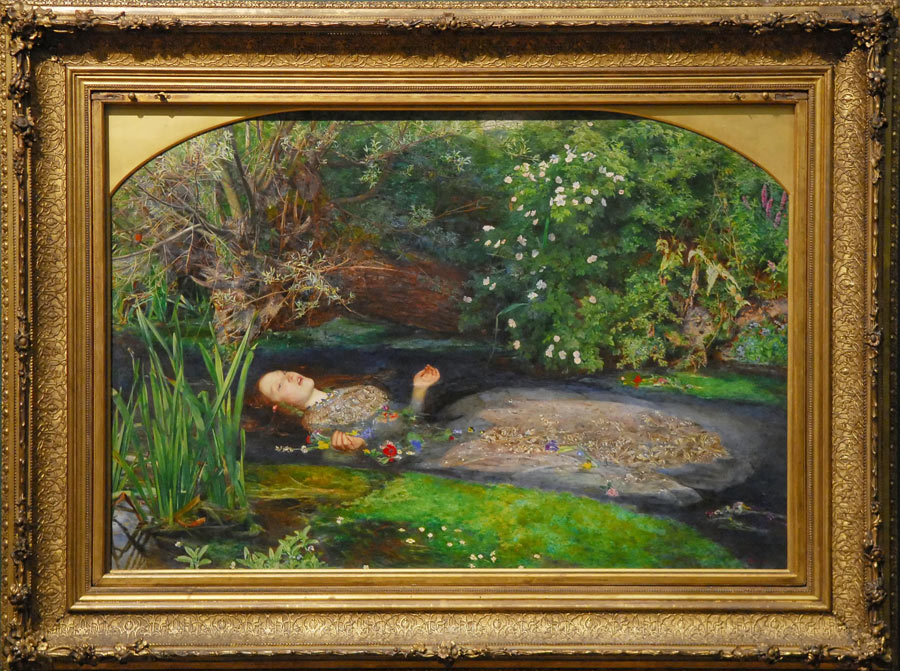
Ophelia, 1851-52
by John Everett Millais
Source: The Guardian (UK)
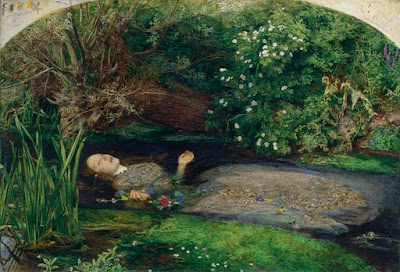
Ophelia, 1851-52
by John Everett Millais
Source: The Virtual Victorian Blog
From Wikipedia:
The episode depicted is not seen onstage, but exists only in Gertrude's description. Ophelia has fallen into the river from a tree overhanging it, while gathering flowers. She lies in the water singing songs, as if unaware of her danger ("incapable of her own distress"). Her clothes, trapping air, have allowed her to temporarily stay afloat
"Her clothes spread wide,
And, mermaid-like, awhile they bore her up."
But eventually ...
"her garments, heavy with their drink,
Pull'd the poor wretch from her melodious lay"
down
"to muddy death."
Ophelia's death has been praised as one of the most poetically written death scenes in literature.
Millais's Ophelia has since come to be admired for its beauty and its accurate depiction of a natural landscape. It has been estimated to have a market value of around £30 million, or just under $47 million.
